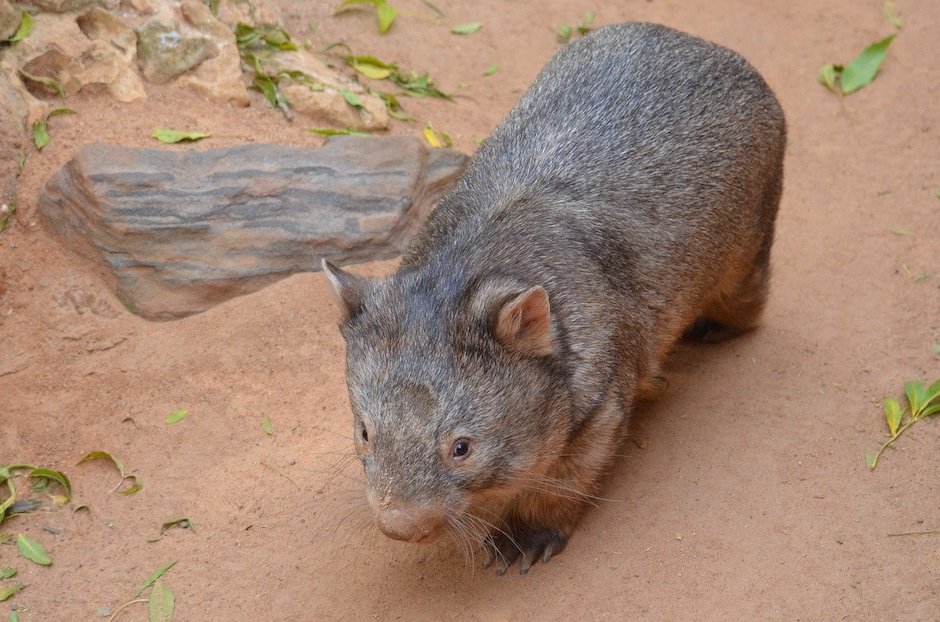
The team hopes to provide a solution for reducing the spread of sarcoptic mange, a serious disease that affects wombats due to parasitic mites. The mites are thought to be transmitted when wombats move every four to ten days to occupy a different burrow.
Published in the journal SN Applied Sciences, the new study from La Trobe University and the University of Tasmania describes how the WomBot has been utilised to study whether environmental conditions within burrows promote sarcoptic mange transmission.
“Wombat burrows are challenging to study as they are narrow, muddy, can be dozens of metres long and contain steep sections and sharp turns,” said Robert Ross, corresponding author. “WomBot allows us to enter and explore these burrows without destroying them or using expensive ground-penetrating radar.”
According to researchers, the remotely operated robot moves using continuous tracks similar to a tank tread, with a top speed of 0.15 metres per second. It can climb inclines of up to 22 degrees, measure the temperature and humidity of a burrow and place and retrieve additional environmental sensors via a gripper attached to its front.
Untethered squid robot could help study coral reefs
WomBot is 300mm long and weighs 2kg, equivalent to one third of a wombat’s length and a tenth of its weight. Front and rear cameras are fitted for burrow visualisation.
During September 2020, WomBot explored 30 wombat burrows in Tasmania, the team said. Findings showed that the average temperature inside the burrows was 15 degrees Celsius and the average relative humidity was 85 per cent.
Environmental sensors left in the burrows over 24 hours recorded that temperatures remained mostly constant at 11 degrees Celsius and relative humidity ranged from 85 to 95 per cent. Temperatures outside of the burrow during this time ranged from three to 15 degrees Celsius with relative humidity ranging from 70 to 95 per cent.
Previous research suggests that conditions that promote maximum scabies mites survival are temperatures around 10 degrees Celsius and relative humidity between 75 and 97 per cent. The authors estimate that female mites could survive for between nine and ten days at the entrance to a wombat burrow, and between 16 and 18 days inside a burrow.
Whilst the conditions studied over 24 hours may not be representative of conditions throughout the year, the authors’ findings indicate that these conditions may facilitate sarcoptic mange transmission.
“WomBot could potentially be used to help reduce the spread of sarcoptic mange by delivering insecticide, or ensuring burrows are empty before being temporarily heated in order to eradicate mites,” said Ross.
Further research could allow WomBot to create 3D reconstructions of burrows or to collect soil samples from burrows to study mite prevalence.










McMurtry Spéirling defies gravity using fan downforce
Ground effect fans were banned from competitive motorsport from the end of the 1978 season following the introduction of Gordon Murray's Brabham...